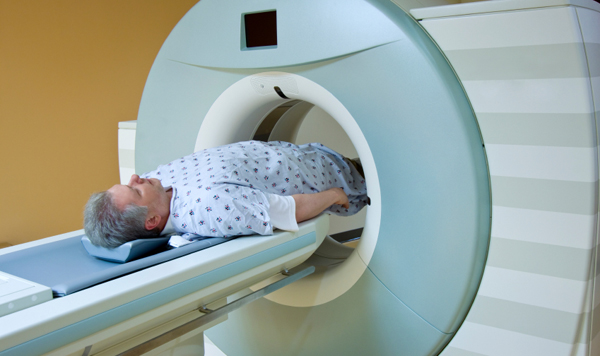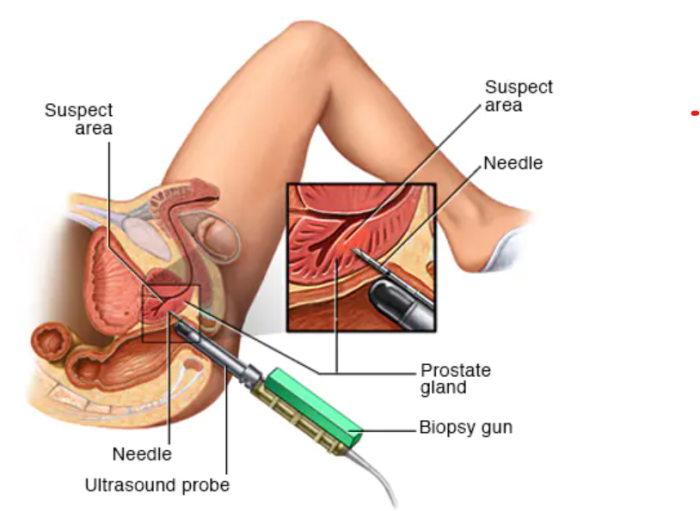An Unbiased View of Best Prostate Cancer Hospital In India
An Unbiased View of Best Prostate Cancer Hospital In India
Blog Article
Prostate Cancer Cells Therapy: Surgical and Non-Surgical Approaches Explained
When encountered with a prostate cancer medical diagnosis, the variety of treatment options can appear frustrating. This comprehensive summary aims to shed light on the intricacies of prostate cancer cells therapy, offering insights right into the ins and outs of each strategy to empower people in making informed options concerning their health.
Surgical Treatment Alternatives
When taking into consideration surgical therapy options for prostate cancer cells, patients and medical care service providers typically evaluate the benefits and threats associated with various treatments. This procedure is often suggested for patients with local prostate cancer and supplies the capacity for a cure.
An additional surgical option is robotic-assisted laparoscopic prostatectomy, a minimally invasive procedure that makes use of a robotic system to assist the cosmetic surgeon in eliminating the prostate. This method can result in much less blood loss, much shorter health center stays, and faster recuperation times compared to conventional open surgical procedure. It additionally carries the threat of issues such as infection and injury to surrounding body organs.
Inevitably, the selection of surgical therapy for prostate cancer relies on different elements consisting of the stage of the cancer cells, the individual's general health and wellness, and their preferences relating to possible negative effects and recovery times. Consulting with a multidisciplinary group including urologists, oncologists, and radiation oncologists can assist patients make educated decisions regarding one of the most ideal medical technique for their individual situation.

Non-Surgical Therapy Alternatives
Thinking about options to medical interventions, non-surgical treatment options for prostate cancer deal clients extra opportunities for managing the disease while decreasing prospective surgical dangers. One non-surgical strategy is Active Security, where individuals with low-risk prostate cancer are kept an eye on very closely with normal check-ups, blood tests, and biopsies, without undergoing immediate treatment. This method intends to prevent unnecessary therapy and its associated adverse effects, such as urinary incontinence and impotence.
Another non-surgical alternative is Radiation Treatment, which makes use of high-energy rays to eliminate cancer cells (Best prostate cancer doctor in Mumbai). This therapy can be delivered externally utilizing an equipment (Exterior Light beam Radiation) or inside with little radioactive pellets placed near the growth (Brachytherapy) Radiation therapy can be used as a primary treatment or in mix with other therapies, such as hormonal agent therapy
Furthermore, Hormonal Agent Therapy is a non-surgical approach that aims to reduce the degrees of male hormonal agents (androgens) in the body, as these hormonal agents can sustain the growth of prostate cancer cells. By decreasing or obstructing androgen levels, hormonal agent therapy can slow down cancer development and ease signs and symptoms in sophisticated instances.
Robotic-Assisted Surgical Treatment for Prostate Cancer

Among the key benefits of robotic-assisted surgical treatment for prostate cancer cells is its capacity to decrease the threat of issues and negative effects commonly connected with open surgical procedure, such as blood loss, pain, infection, and prolonged healing times. Individuals going through robotic-assisted treatments commonly experience much shorter hospital remains, less postoperative pain, and faster return to typical tasks. In addition, the minimally intrusive nature of robot surgical procedure commonly leads to smaller cuts, resulting in improved aesthetic end results and reduced scarring for patients. Overall, robotic-assisted surgery represents a cutting-edge method to prostate cancer treatment that incorporates technical improvements with medical knowledge to optimize patient end results.
Radiation Treatment for Prostate Cancer
Using sophisticated radiation innovation, radiation treatment plays an essential function in the detailed treatment of prostate cancer. Radiation therapy uses high-energy radiation to destroy cancer cells and reduce tumors. It is a typical treatment choice for prostate cancer cells, either as a primary therapy or in combination with surgical treatment, hormonal agent therapy, or radiation treatment.
There are 2 main types of radiation therapy utilized for prostate cancer cells: external beam radiation therapy (EBRT) and brachytherapy. These seeds discharge radiation that eliminates the cancer cells over time.
Radiation treatment for prostate cancer cells is very efficient, with high remedy prices, specifically for local cancer cells. It is additionally a valuable option for people who may not appropriate prospects for surgery. Like any treatment, radiation therapy might have adverse effects, such as urinary problems, fatigue, and skin irritation, but these are usually momentary and workable.
Hormone Therapy for Prostate Cancer
Hormonal agent therapy is a commonly made use of therapy technique for prostate cancer monitoring. Hormone treatment, likewise understood as androgen deprival treatment, aims to reduce testosterone degrees in the body or block the hormone's effects on the prostate cancer cells, hence slowing down the condition's development.
There are different kinds of hormonal agent treatment for prostate cancer cells, consisting of medications that reduced testosterone degrees (such as luteinizing hormone-releasing hormone agonists and villains), or medications that obstruct testosterone from getting to cancer cells (like anti-androgens) Hormone treatment can be utilized alone or in mix with other therapies like radiation therapy, relying on the phase and aggressiveness of the cancer cells.
While hormone treatment can properly control prostate cancer development, it may include side effects such as warm flashes, loss of libido, impotence, and weakening of bones - Best prostate cancer hospital in Mumbai. Routine monitoring and conversations with doctor are crucial to handle these negative effects and ensure the treatment's effectiveness
Conclusion
Finally, the therapy alternatives for prostate cancer cells include non-surgical and medical methods such as robotic-assisted surgery, radiation therapy, and hormone treatment. Each method has its own benefits and dangers, and the option of therapy depends on different variables such as the phase of cancer visit site cells and total wellness of the client. It is very important for people to review these alternatives with you could try this out their doctor to figure out the most ideal strategy for their private situation.

Utilizing innovative radiation modern technology, radiation treatment plays an essential role in the thorough treatment of prostate cancer cells. It is a typical treatment option for prostate cancer cells, either as a primary therapy or in combination with surgery, hormone therapy, or chemotherapy.
Radiation therapy for prostate cancer is very reliable, with high treatment rates, especially for localized cancer cells.Hormone treatment is a commonly made use of treatment technique for prostate cancer administration.In verdict, the treatment alternatives for prostate cancer cells consist of non-surgical and medical strategies such as robotic-assisted surgical treatment, radiation treatment, and hormone therapy.
Report this page